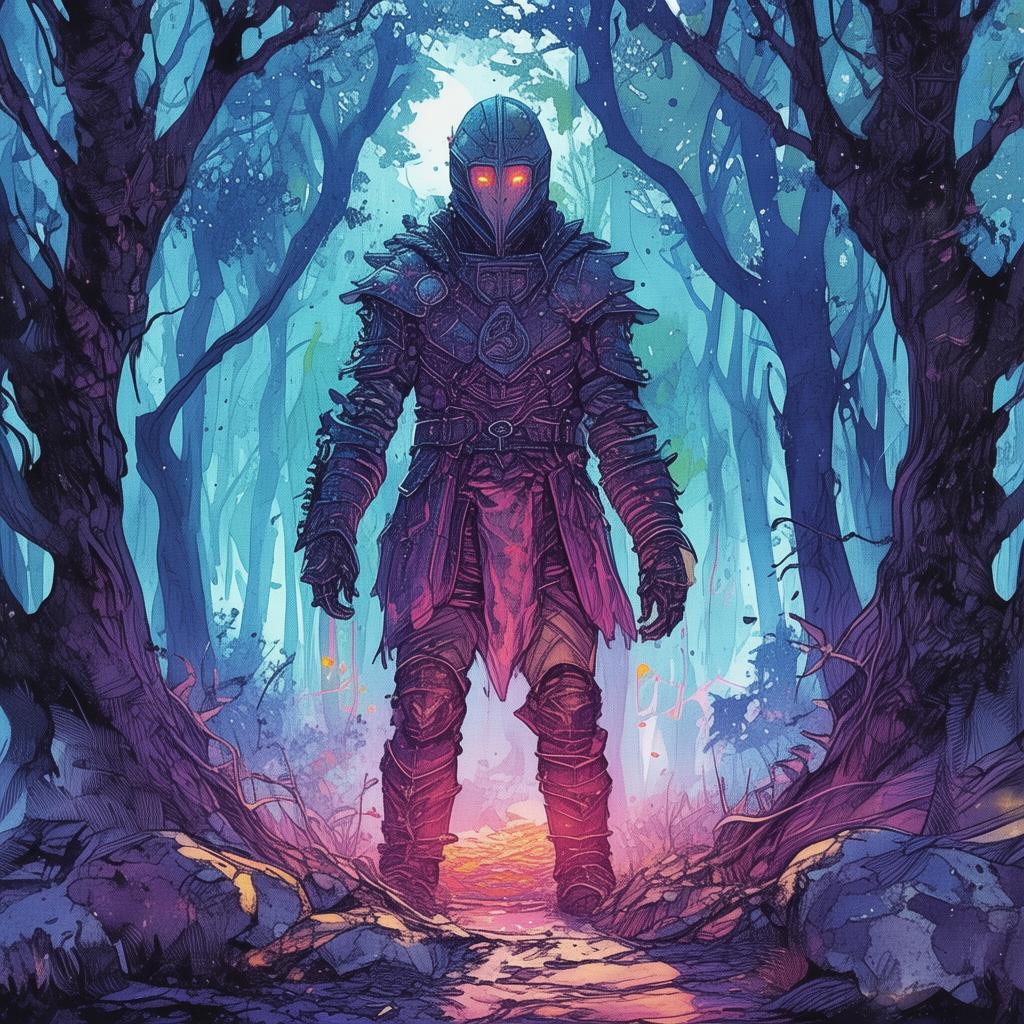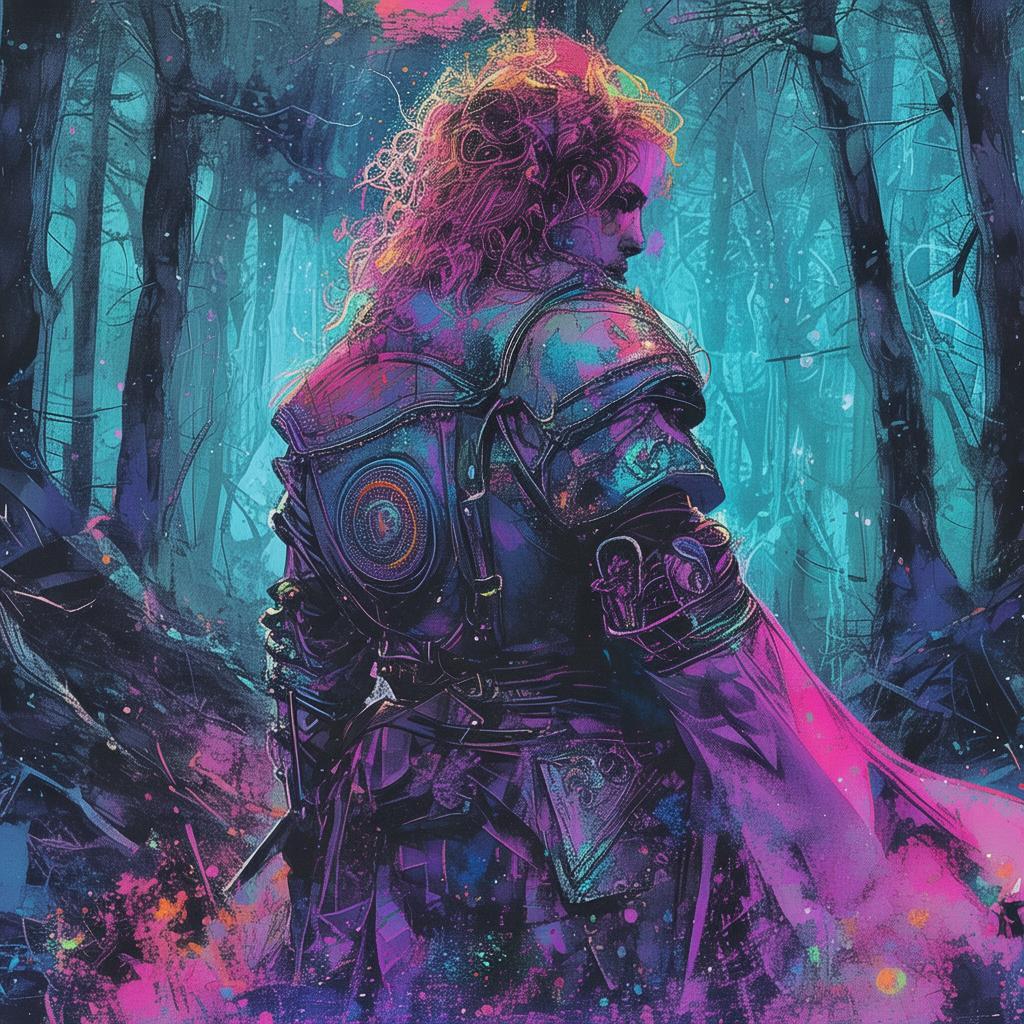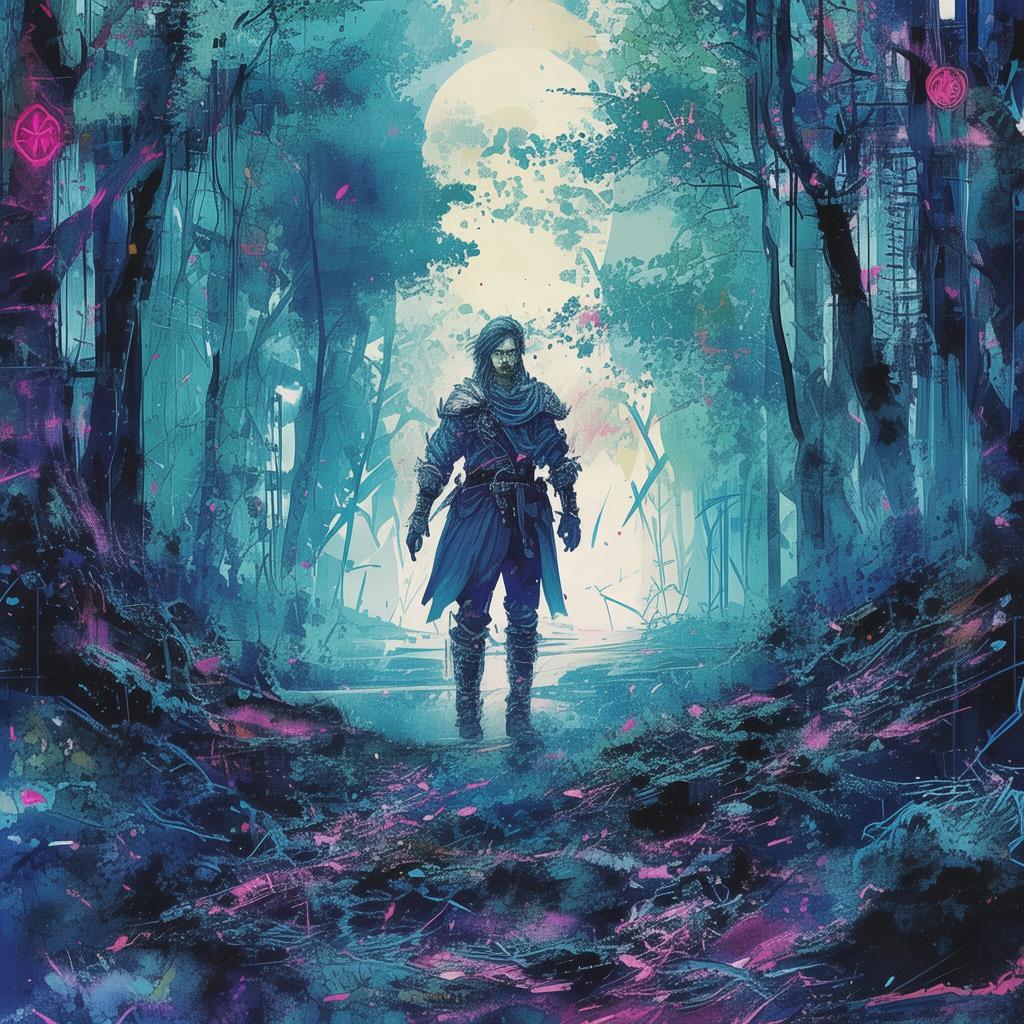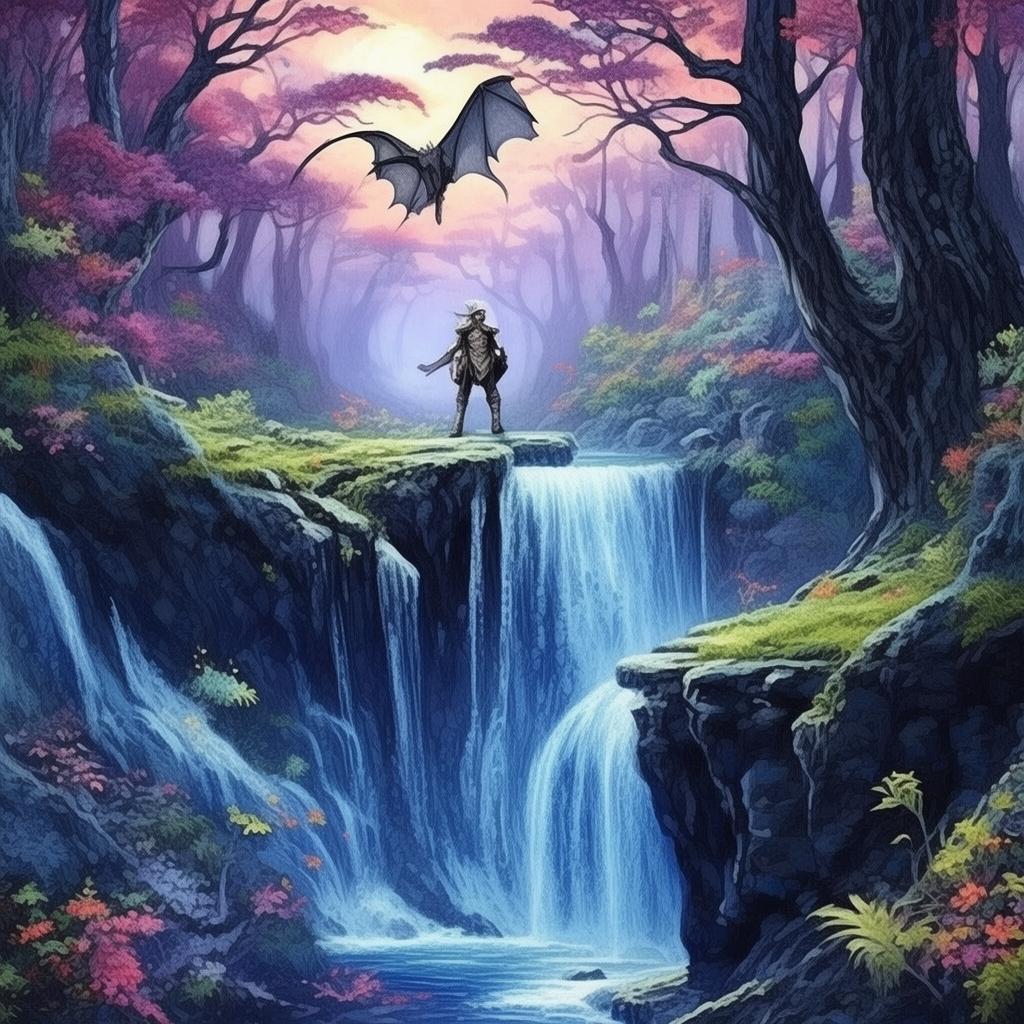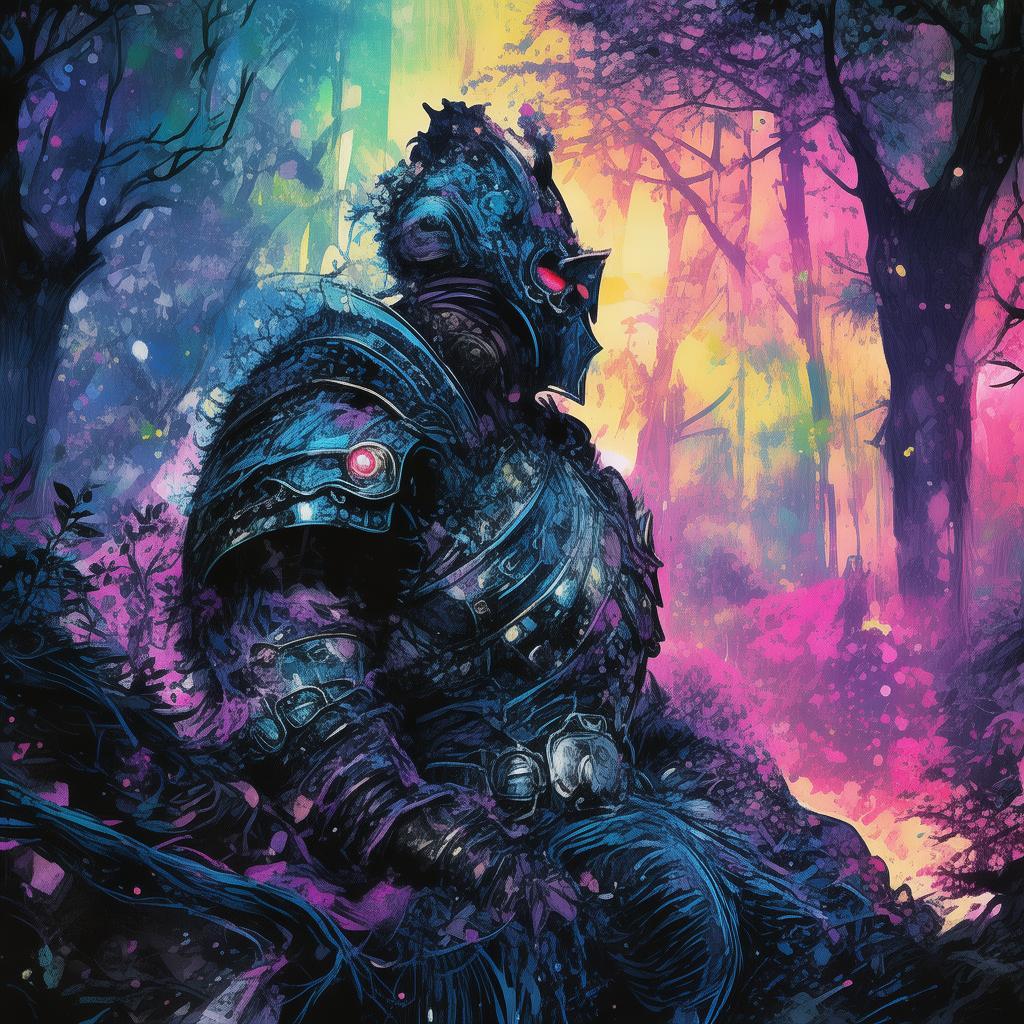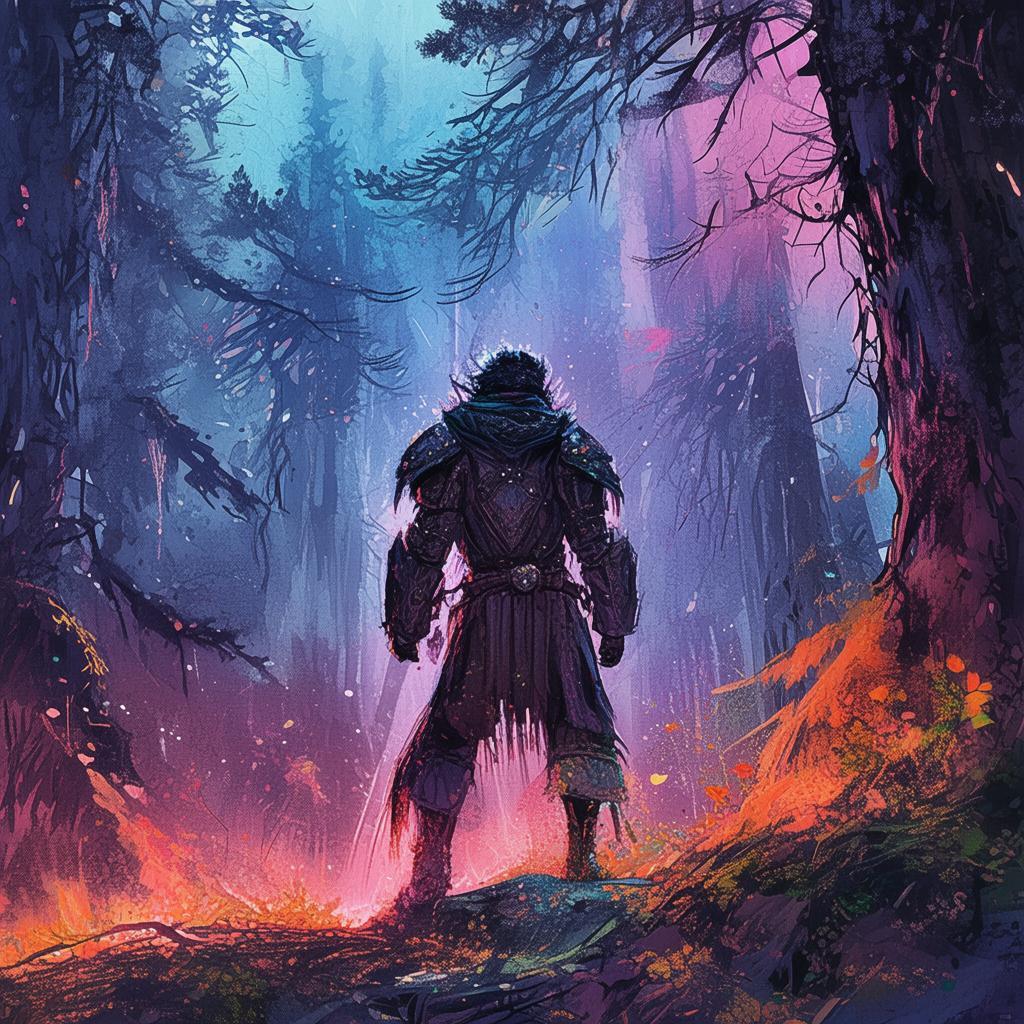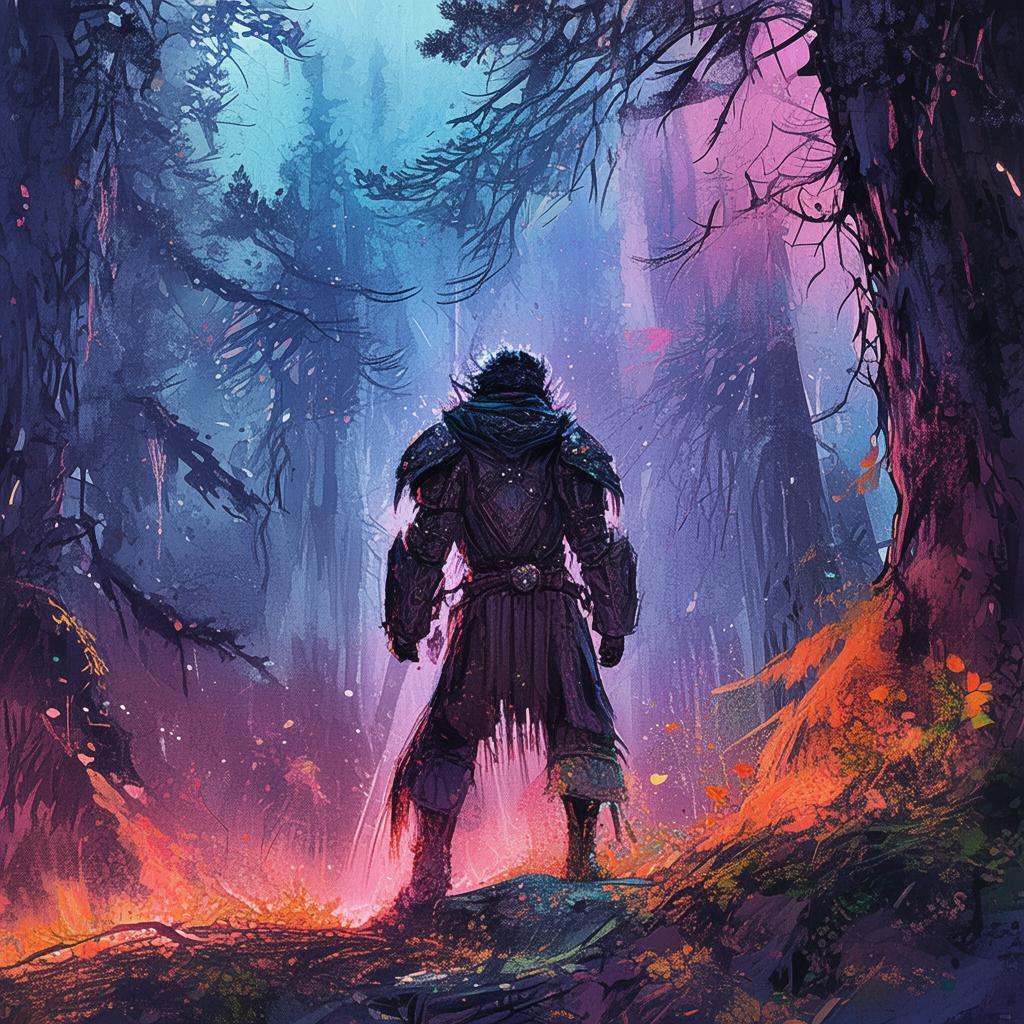The Awakening of the Buddha: The Path to Enlightenment
In the serene kingdom of Kapilavatthu, nestled in the lush valleys of the Ganges River, lived a young prince named Siddhartha Gotama, known to the world as Siddhartha. His life was one of unbridled luxury, surrounded by opulent palaces and the adoration of the people. Yet, as he grew older, he began to question the nature of his existence, driven by a sense of unease that the world did not seem to match the teachings of the Brahmins he had encountered.

Siddhartha's parents, the king and queen, were overjoyed with their firstborn son, but they were determined to shield him from the harsh realities of life. They believed that a prince should not be burdened with the knowledge of suffering, for it was believed that such knowledge would corrupt his spirit and hinder his ability to rule effectively. Thus, the young prince was secluded in the palace, indulged in all manner of pleasures, and protected from the world's trials.
One day, as Siddhartha was out riding his chariot, he saw a sick beggar, an old man, and a dead body lying in the road. These sights were so jarring to him that he could not shake them from his mind. He turned to his charioteer, Gotama, and asked, "What is this suffering that I see? Why is it that some people are healthy, others are sick, and some are already dead?"
Gotama, recognizing the prince's curiosity, replied, "O prince, this is the natural order of the world. Suffering is an inevitable part of life, and it is caused by the cycle of rebirth and death known as Samsara."
The prince was deeply troubled by this revelation and resolved to find the answer to the question that plagued him. He sought out the most learned Brahmins of his time, but they could not provide him with the answers he sought. Determined to uncover the truth, Siddhartha decided to renounce his royal life and set out on a quest for enlightenment.
He traveled to the forest, where he sought out various ascetics and spiritual teachers, hoping to find the path that would lead him to liberation from the cycle of Samsara. For six years, he practiced rigorous austerities, fasting, and torturing his body to the point of near starvation. Yet, despite his efforts, he did not find the peace and clarity he was seeking.
It was then that Siddhartha realized that the path he had chosen was not the right one. He understood that his body needed strength to withstand the rigors of meditation and contemplation. He decided to eat and regain his strength, and with it, he found a new approach to his quest.
He sat beneath the Bodhi tree and embarked on a period of intense meditation. He faced the trials of his mind, the whispers of doubt, and the relentless pursuit of his past desires. It was during this time that he discovered the Middle Path, a balance between extreme asceticism and the indulgence of the senses.
As he meditated, the clouds parted and the gods descended to witness his efforts. After many days and nights, Siddhartha, now known as the Buddha, achieved enlightenment. He saw the true nature of the world, the interconnectedness of all things, and the impermanent nature of all things. He realized that suffering arises from clinging to desires, and that by understanding the nature of impermanence, one could transcend suffering and achieve Nirvana.
The Buddha's journey from prince to enlightened being was not without its trials. He had to confront the demons of his past, the voices of his former teachers, and the expectations of his people. Yet, through his determination and insight, he found the strength to break free from the cycle of Samsara.
The story of the Buddha's enlightenment spread far and wide, and soon, he began to teach the Dharma, the path to enlightenment, to all who would listen. His teachings emphasized compassion, wisdom, and the importance of meditation. The Buddha's journey became a beacon of hope for those who sought to find peace in a turbulent world.
Through his life and teachings, the Buddha inspired countless people to seek enlightenment, to understand the true nature of their existence, and to find the courage to face the trials of life with equanimity. His legacy lives on in the countless temples, monasteries, and teachings that have spread throughout the world, offering solace and guidance to those who seek the path of enlightenment.
✨ Original Statement ✨
All articles published on this website (including but not limited to text, images, videos, and other content) are original or authorized for reposting and are protected by relevant laws. Without the explicit written permission of this website, no individual or organization may copy, modify, repost, or use the content for commercial purposes.
If you need to quote or cooperate, please contact this site for authorization. We reserve the right to pursue legal responsibility for any unauthorized use.
Hereby declared.
